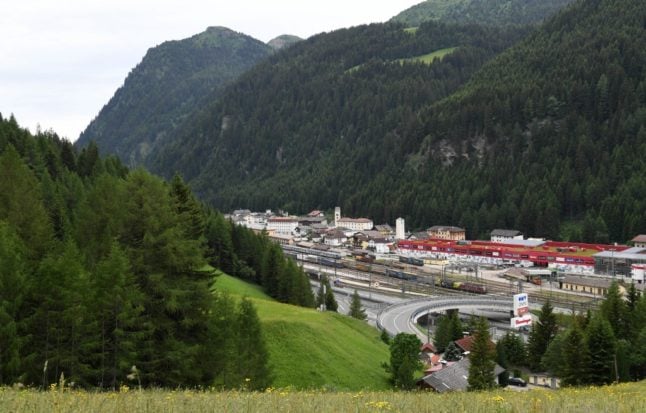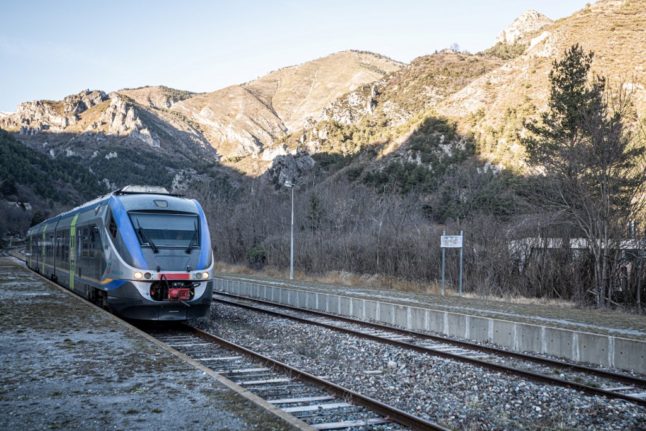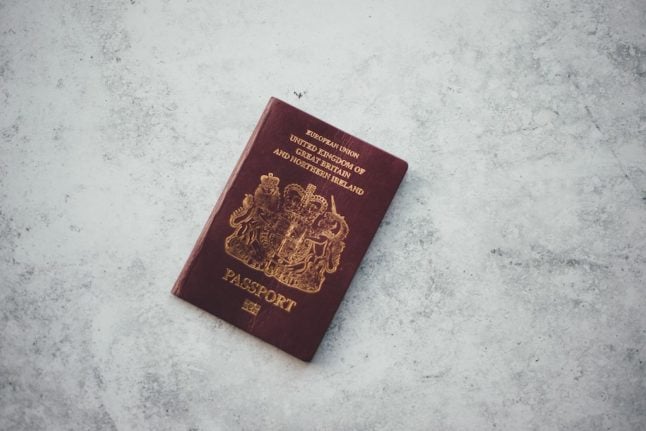A number of airlines have recently announced new routes to and from Italy – but given the dramatic effect climate change is already having on Europe’s weather patterns, many people are looking to less carbon-heavy alternatives for their summer holiday plans this year.
With this in mind, we’ve put together a (non-exhaustive) primer that covers the major direct train routes from Italy to adjoining France, Switzerland, Austria and Slovenia, as well as to Germany.
If you are considering taking any of these routes, Show Me The Journey provides a very detailed guide to international train travel from Italy that lays out exactly what services are available when.
Without further ado, here’s where you can travel in Europe by direct train from Italy in 2023:
Night trains from major cities
From Rome or Florence, you can travel direct to Villach, Salzburg, Vienna or Munich via the Nightjet network, run by Austrian operator ÖBB. This night train is currently the only direct international rail service to and from these two major Italian cities.
You can also go direct to Vienna or Munich from any of Bologna, Milan, Venice, Genoa, La Spezia, Verona, Ancona, and a few other smaller Italian towns and cities along the route, via the same service.
READ ALSO: Yes, train travel across Europe is far better than flying – even with kids
The route from Venice, stopping at Vicenza and Udine, can take you deeper into Germany – all the way to Stuttgart – via Munich.

France:
There are multiple daily trains from Milan to Paris via Turin, leaving either from Milano Centrale or Milano Porta Garibaldi station, depending on which operator you go with. You can also travel direct from Milan to Lyon via Turin.
From the Italian border town of Ventimiglia, you can travel to Nice, Cannes and Grasse via Menton, Monte Carlo and Antibes. There are multiple daily express trains to Ventimiglia from Milan and regional trains from Genoa.
Austria (and Germany):
Travellers can take a EuroCity train from Bologna that goes through Verona, Trento, Bolzano, Brennero (as the final Italy stop) and on to Innsbruck and Munich. There’s also one EuroCity train a day from Venice to these destinations Mon-Fri, stopping at Padua and Vicenza, and two on weekends.
There are twice-daily Railjet trains from Venice to Vienna via Villach, stopping at other Italian and Austrian towns along the route.
READ ALSO: Five easy day trips to make from Rome by train
A daily train service from Bolzano takes passengers to Vienna via Innsbruck, Salzburg and Linz.
There are also hourly S-Bahn trains to Innsbruck from Brennero, and regular trains from Fortezza to Lienz.

Switzerland (and Germany):
A large number of EuroCity trains leave every day from Milan to Lugano and Zurich, stopping at Como and several Swiss towns and cities.
One of these trains to Zurich each day starts in Venice, stopping at Padua, Vicenza, and Verona, among other towns; one starts in Genoa; and one in Bologna.
There’s also a twice-daily EuroCity service that goes from Milan to Basel via Como, Lusern and Lugano, and regular regional train services from Milan to Locarno via Como and Lugano.
A daily train service from the Milan central train station ferries passengers all the way to Frankfurt, stopping at Bern, Basel, and various other Italian, Swiss and German towns and cities along the way.
READ ALSO: Six delightful day trips within easy reach of Milan
If your destination is more westerly, there are multiple daily trains from Milan to Geneva via Domodossola, Brig and Lausanne, one of which starts in Venice.
There are also multiple daily services from Milan to Basel via Domodossola, Brig and Bern.
Finally, the Rhaetian Railway network connects Tirano to St Moritz, with a large number of trains departing every day; while the Bernina Express connects Tirano to Chur.
Slovenia:
A daily EuroCity train service from Trieste goes to Ljubljana, Maribor and Graz before moving on to Vienna.



 Please whitelist us to continue reading.
Please whitelist us to continue reading.
Member comments